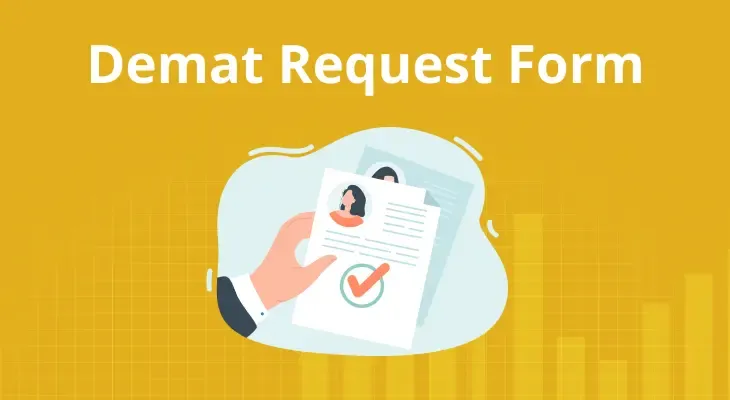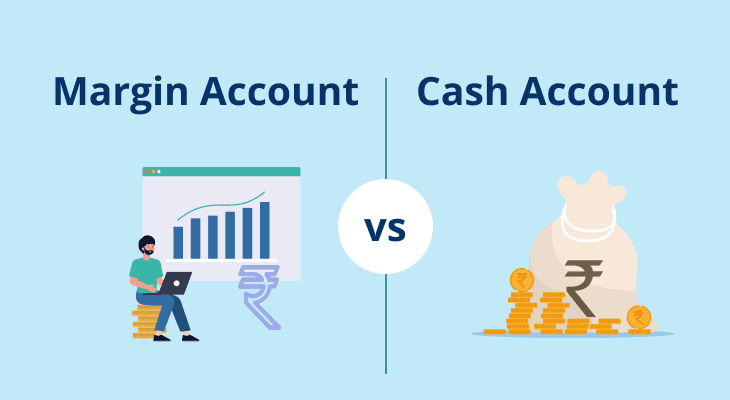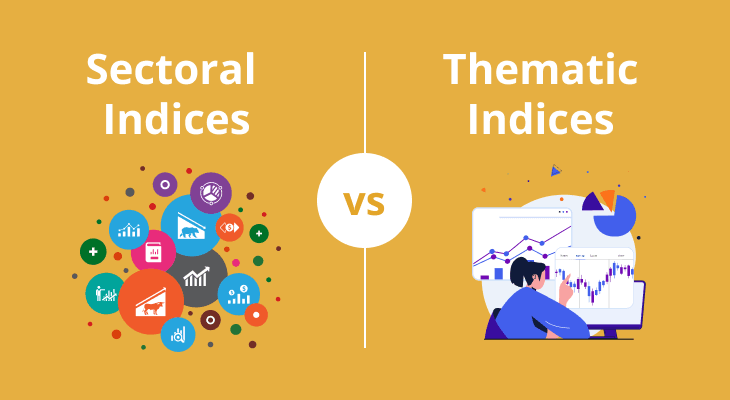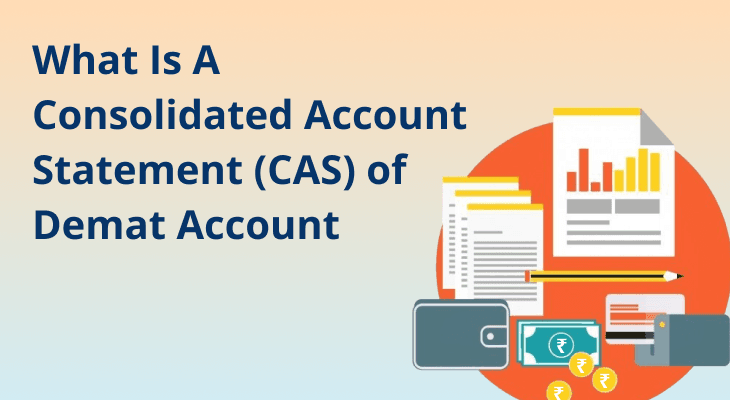
What is Demat Request Form & How to fill it?
As an investor, you must have come across the term "Demat Request Form" or DRF at some point in your investment journey. In the modern financial world, investing in securities such as stocks, bonds, and mutual funds has become more accessible and convenient through the Demat (Dematerialisation) account. The Demat account allows you to hold your securities in electronic form, eliminating the need for physical certificates.
To begin the process of transforming your physical share certificates into an electronic form or transferring your securities between Demat accounts, you are required to complete a Demat Request Form, commonly referred to as the DRF form.
In this blog, we will delve into the details of what a DRF is, its types, and step-by-step instructions on how to fill it correctly.
What is a DRF (Demat Request Form)?
A Demat Request Form, also referred to as a Dematerialisation Request Form, is an essential document that facilitates the dematerialisation process of physical securities. It is a standardised form used in India for converting physical share certificates and other securities into electronic form. This process ensures that all your investments are safely held in your Demat account with a depository participant.
The introduction of Demat accounts and the DRF form has significantly simplified the way investors manage their securities. Before the establishment of the depository system in India, investors had to handle physical share certificates, which were cumbersome, and prone to loss, theft, and forgery. The advent of Demat accounts through the DRF form has brought greater security, transparency, and ease of transfer for investors.
Types of DRF (Demat Request Form)
The Demat Request Form (DRF) comes in various types, each serving specific purposes to accommodate different scenarios related to dematerialisation. Here are the main types of DRF forms commonly used in India:
Normal Demat Request Form
The Normal Demat Request Form is the standard and most commonly used form for the dematerialisation of physical securities. Investors use this form when they wish to convert their physical share certificates, bonds, or other eligible securities into electronic form. Once the securities are dematerialised, they will be reflected in the investor's Demat account with their respective depository participant.
Transmission-Cum-Dematerialisation Form
The Transmission-cum-Dematerialisation (Transmission-cum-Demat) form is used when the holder of the securities has passed away, and the surviving joint holders or legal heirs want to transfer the securities to their Demat accounts. In such cases, the surviving holders or legal heirs need to submit this form along with the necessary supporting documents, such as the death certificate, to the depository participant. The securities will then be transferred to the respective Demat accounts as per the instructions provided in the form.
Transposition-Cum-Dematerialisation Form
The Transposition-cum-Dematerialisation (Transposition-cum-Demat) form is used when the order of names needs to be changed in the ownership of the securities before dematerialisation. For instance, if the names are misspelt, or the order of names needs to be altered, investors can use this form to correct the details and then proceed with the dematerialisation process.
It is important to use the appropriate DRF form that corresponds to the specific situation you are dealing with to ensure a smooth and accurate process. Different depository participants may have slight variations in the format of these forms, but the core information required remains the same.
How to Fill a DRF (Demat Request Form)?
Filling a Demat Request Form (DRF) correctly is crucial to ensure a smooth and error-free dematerialisation or transfer process. Follow these step-by-step instructions to fill the DRF accurately:
Step 1: Contact Number And Date
Start by providing your contact number and the date on which you are filling out the DRF form. This ensures that the depository participant can reach you for any clarifications or updates during the process.
Step 2: Specific Client ID
Enter your specific Client ID, which is assigned to you by your depository participant. This ID uniquely identifies you in their records and helps in processing your dematerialisation request efficiently.
Step 3: Account Holder(S)
List the names of all the account holders in the Demat account for which you are submitting the DRF. Ensure that the names match the ones registered with the depository participant.
Step 4: Face Value
Specify the face value of each security you want to dematerialise. The face value is the nominal value of the security as mentioned on the physical certificate.
Step 5: Quantity Of Shares
Provide the quantity of shares or securities you wish to dematerialise. Ensure that this quantity matches the quantity mentioned on the physical certificates.
Step 6: ISIN
Include the International Securities Identification Number (ISIN) for each security you want to dematerialise. The ISIN is a distinctive 12-character alphanumeric code assigned to shares, debentures, bonds, and other securities upon their inclusion in the depository system.
Step 7: Details Of Security
Please indicate whether the securities are free or locked in by ticking the appropriate option, and provide the total number of certificates.
Step 8: Folio Details
If the securities you want to dematerialise are linked to specific folio numbers, mention those folio details in this section.
Step 9: Signature
All account holders must sign the DRF form at the designated place to validate the information provided. Make sure your signature matches the one recorded with the depository participant.
Step 10: Declaration
Read and understand the declaration section of the DRF form carefully. By signing this declaration, you confirm the accuracy of the information provided and agree to abide by the rules and regulations governing the dematerialisation process.
Step 11: Form ISR-2
In Form ISR-2, provide the required details of the company name, type of security, number of shares, and ISIN to verify the signature of the securities held by the banker.
Conclusion
Demat accounts have revolutionised the way securities are managed, providing greater convenience, safety, and efficiency in the investment process. A Demat Request Form (DRF) is a crucial document for Indian investors who wish to convert their physical securities into electronic form or transfer them between Demat accounts.
By following the step-by-step guide on how to fill a DRF form, you can ensure a smooth and hassle-free dematerialisation or transfer process. Always double-check the accuracy of the information provided and submit the necessary supporting documents to avoid delays or rejections.
FAQ
What is the difference between a Demat account and a trading account?
A Demat account is used to hold your securities in electronic form, while a trading account is used to buy and sell securities in the stock market. The Demat account acts as a repository for your investments, whereas the trading account facilitates the actual transactions.
Can I submit a DRF form online?
Yes, many depository participants allow investors to submit the DRF form online. Check with your depository participant for specific instructions on online submissions.
Is there a fee for dematerialisation through the DRF form?
Yes, there is a nominal fee charged by depository participants for dematerialisation. The fee may vary depending on the number of securities being dematerialised.
What is the processing time for dematerialisation through the DRF form?
The processing time for dematerialisation can vary but typically takes around 15 to 30 days from the date of submission of the DRF form.
Can I dematerialise securities that are jointly held?
Yes, you can dematerialise securities that are jointly held. Ensure that all the joint holders sign the DRF form and provide their necessary details.
6. Can I dematerialise mutual fund units through the DRF form?
No, you cannot dematerialise mutual fund units through the DRF form. Mutual fund units are held in a different form called "units," and you need to transact through your mutual fund house or registrar to dematerialise them.
Please note that the information provided in this blog is for informational purposes only and should not be considered as financial advice. Always consult a qualified financial advisor before making any investment decisions.


